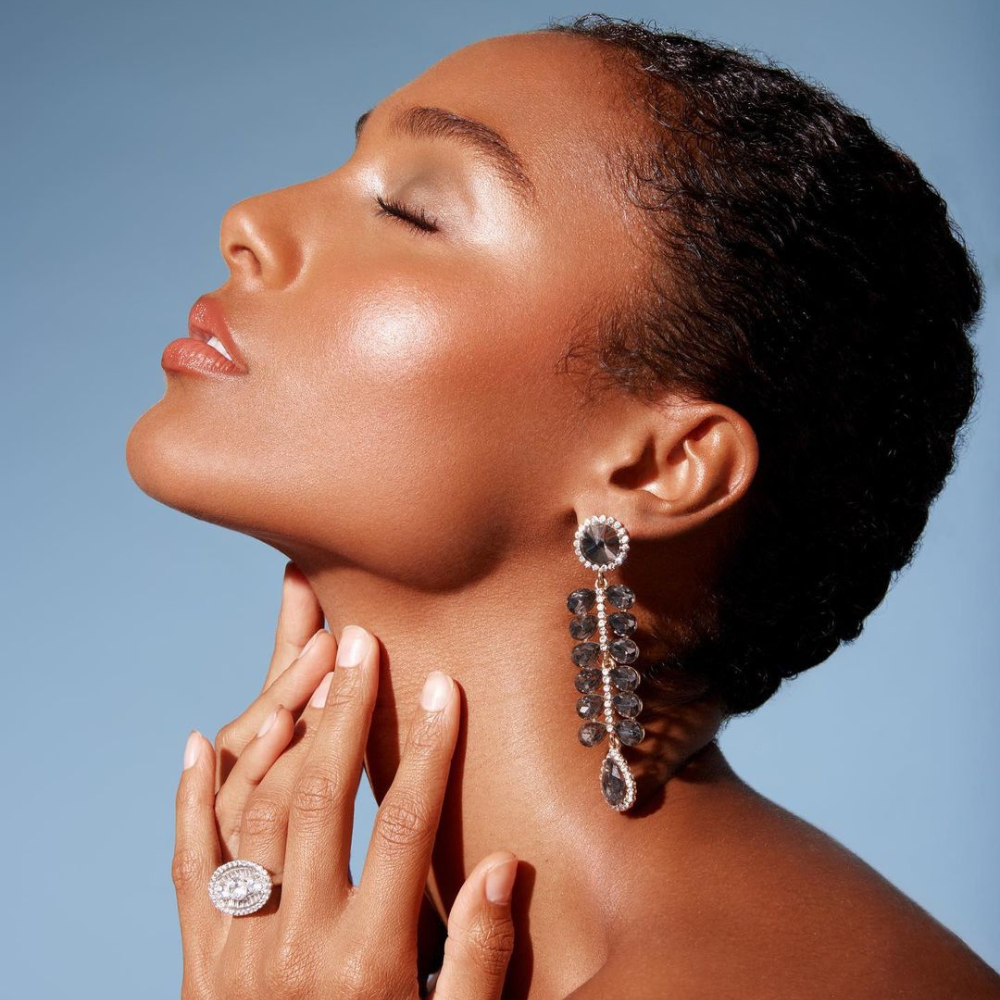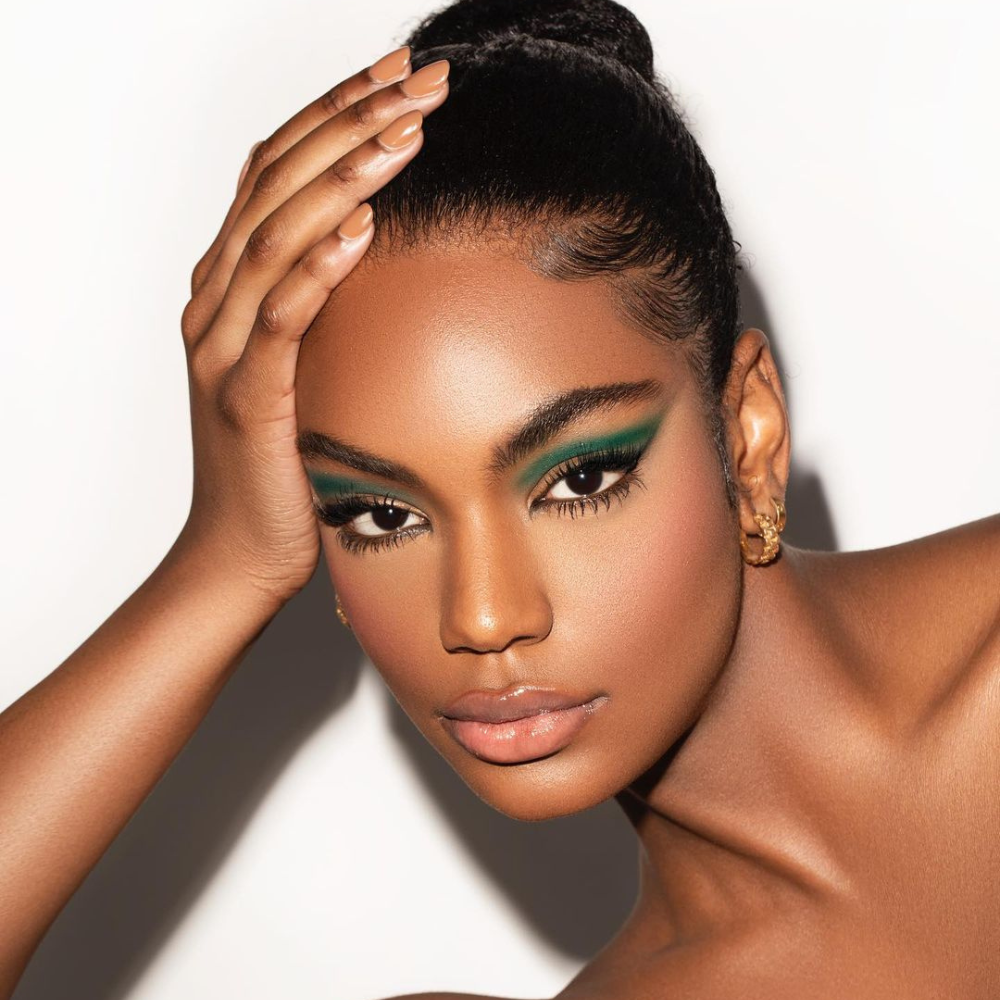What Is Multi-masking + What Are Its Benefits For Your Skin?
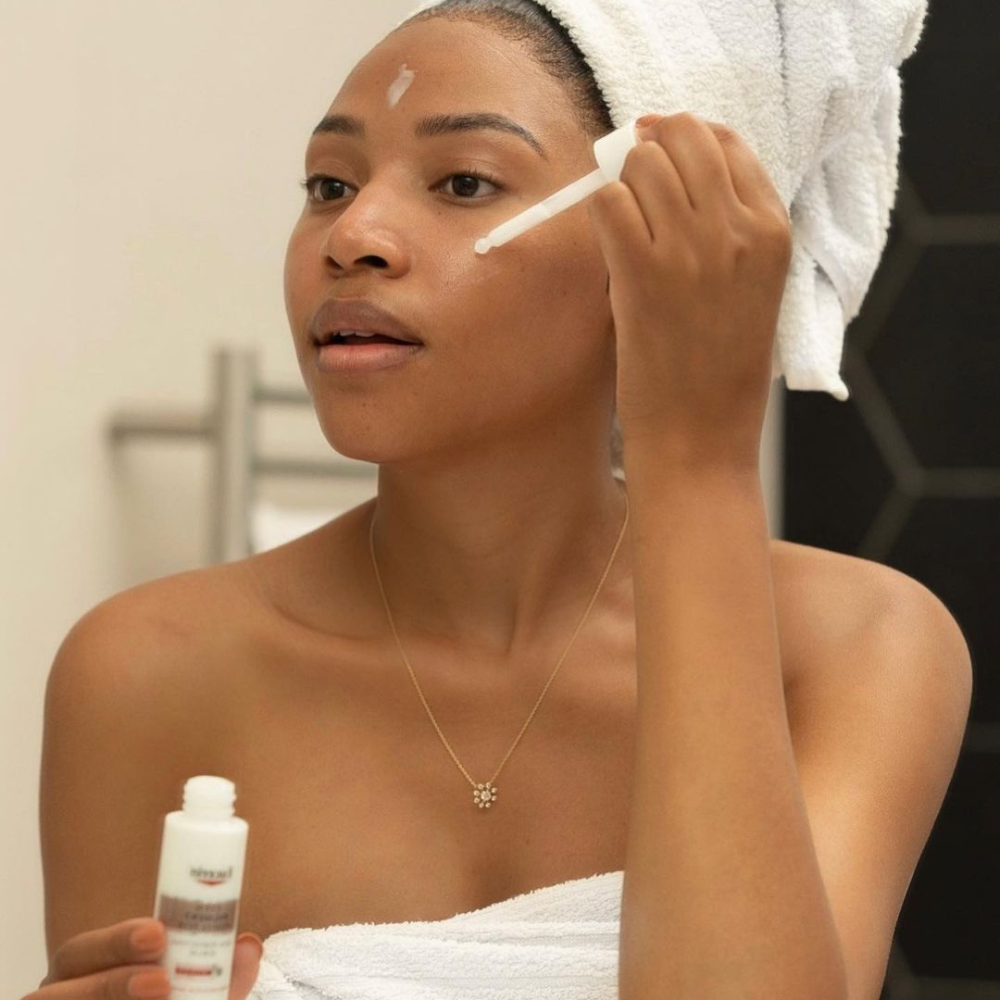
A creative writer with a voracious appetite for fashion, beauty,…
A
s individuals, we all have different needs for our skins. It could be solving adamant acne breakouts, skin dryness, hyperpigmentation, or aging. It’s also natural to gravitate toward helpful products that promise us healthier skin. The fast-paced beauty world continues to introduce solutions that meet these demands, and one of these is face masks. Face masking is one of the beauty rituals that solve diverse issues.
The thing with face masking is that it has to be done one at a time. This means, if you have multiple skin problems, you have to rotate the ingredients on different days. But not many have the luxury of doing one step at a time. If this is a challenge for you, multi-masking could be the intervention your beauty routine requires.
What is a mask?
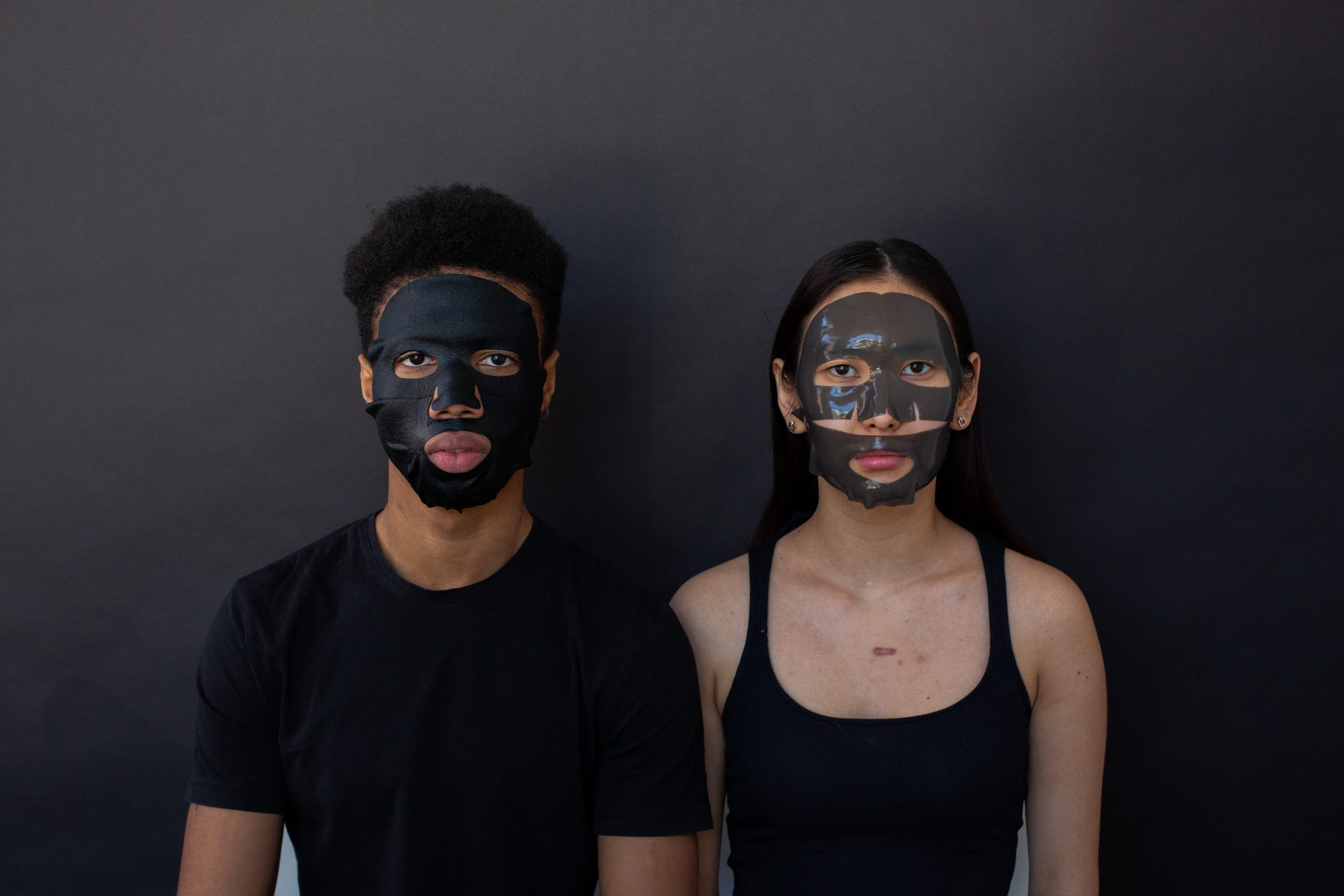
A mask is a skincare item often applied to the face and comes in either a thick or creamy paste or as a sheet. According to Penn Medicine, masks “trap the moisture or ingredient in the skin and creates a film that helps to either hydrate, moisturize, dry or exfoliate the skin depending on the ingredients used and its purpose.” Since 2012, the beauty world has been toying with the idea of multiple masking, but it went mainstream viral in 2020. We may have the pandemic to thank for this one.
What is Multi-masking?
Applying many masks simultaneously to address different skin issues is known as multi-masking in skincare. One mask can be used to moisturize dry skin, while another could be used to minimize fine wrinkles. Instead of using one mask all over the face, the idea is to use various masks in various areas of the face to treat different concerns. This method can be used to personalize a skincare regimen and produce more focused results.
What’s the difference between traditional masking and multiple masking?
When using a traditional mask, the entire face is normally covered with a single product or solution. This item may be made to target a particular skin issue, such as hydration or brightness. On the other hand, multi-masking involves using several masks simultaneously, each designed to address a distinct issue.
For instance, a person may apply a clay mask on their T-zone (forehead, nose, and chin) to manage oil and minimize the appearance of pores, while utilizing a moisturizing mask on the cheeks to replenish moisture to dry or dehydrated skin.
Types of masks used in Multi-masking
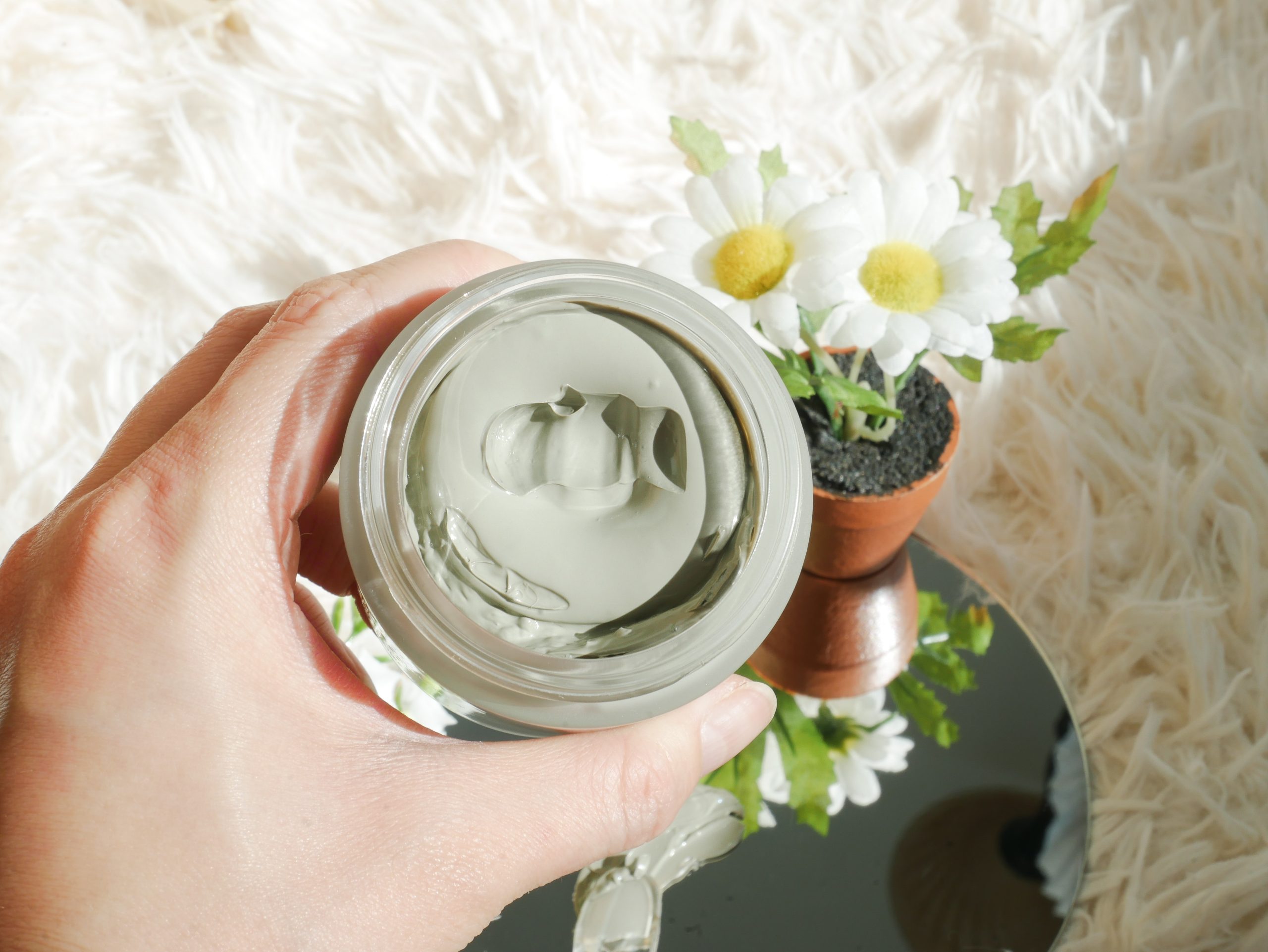
There are several types of masks that target different concerns on the skin. Some of which are:
- Clay masks: These masks are made from natural clay and are best for oily and acne-prone skin. They absorb excess oil and impurities, leaving the skin looking clearer and brighter.
- Sheet masks: They are made from various materials, including cotton, paper, and hydrogel. They are great for hydration, nourishment, and brightening the skin.
- Hydrating masks: Particularly designed to add moisture to the skin, they can be made from various ingredients, including hyaluronic acid, glycerin, and aloe vera.
- Brightening masks: These masks reduce the appearance of dark spots and uneven skin tone. They can be made from ingredients such as Vitamin C, kojic acid, and licorice root extract.
- Anti-aging masks: They reduce the appearance of fine lines and wrinkles. They can be made from ingredients such as retinol, collagen, and antioxidants.
- Exfoliating masks: These masks are designed to remove dead skin cells and promote cell turnover. They can be made from ingredients such as enzymes, alpha-hydroxy acids (AHAs), and beta-hydroxy acids (BHAs).
How to multi-mask
Step-by-step instructions on how to multi-mask are listed below;
- To get rid of any dirt, makeup, or pollutants, thoroughly cleanse your face.
- Your skin should be prepped for the masks by using a moisturizing toner or essence.
- The parts of your face that require the most care with the first mask should be applied there. For places that are oily or dry, this can be a clay mask.
- Apply a second mask to different areas of your face, as the first is functioning. For instance, you may use a sheet mask on your cheekbones if you applied a clay mask to your T-zone.
- For the recommended time duration, often 10-15 minutes, leave on both masks.
- After removing the masks, gently pat any serum or essence left onto your skin.
- Apply a moisturizer at the end to seal in moisture and shield the skin.
Tips for selecting the right mask for specific concerns on the skin
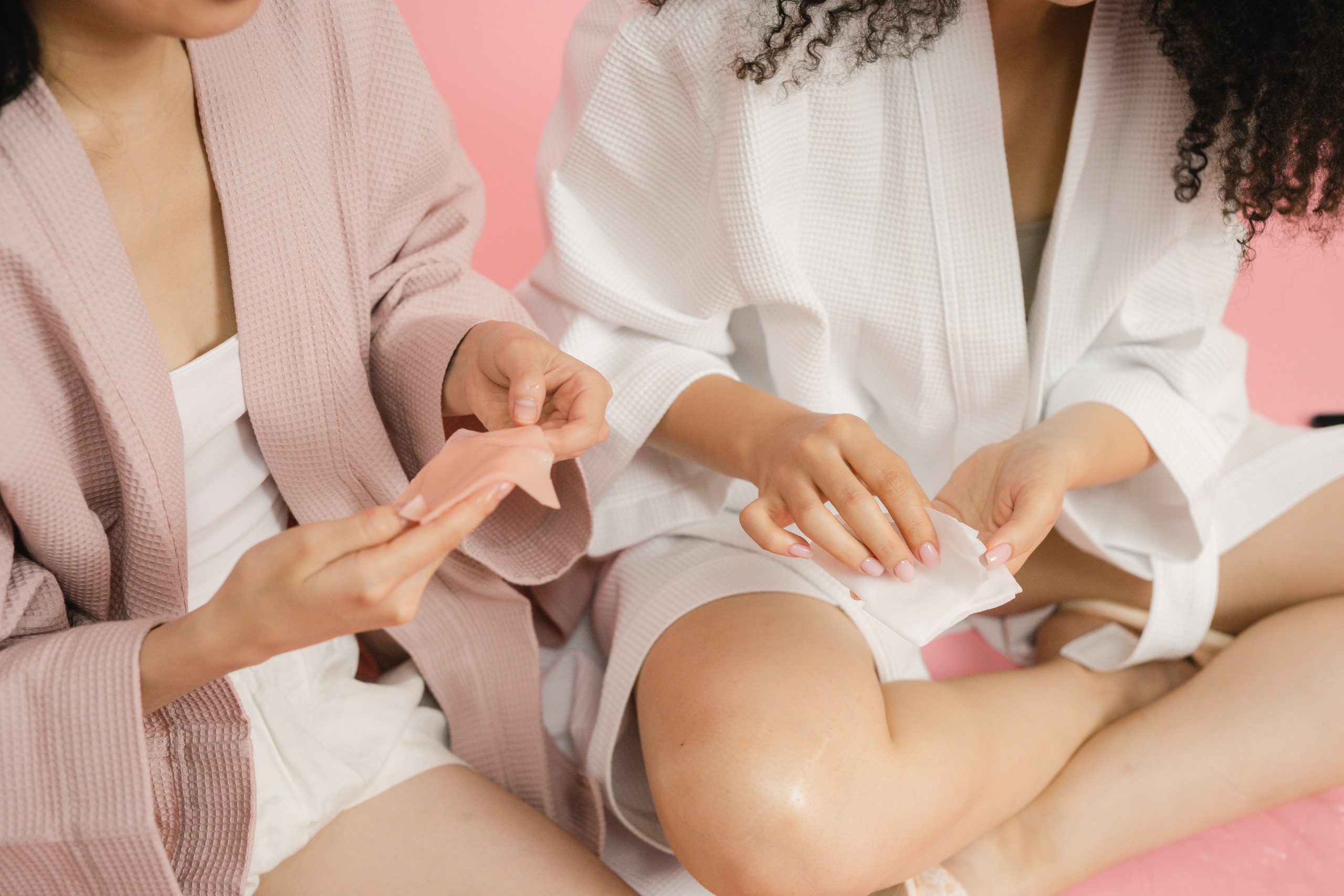
Here are some tips on how to pick the right mask for specific concerns on the skin:
- Acne-prone skin: Masks containing salicylic acid, tea tree oil, or benzoyl peroxide can help unclog pores and reduce inflammation.
- Dry skin: Opt for masks containing hyaluronic acid, glycerin, or ceramides, which can help attract and retain moisture in the skin.
- Aging skin: Consider masks containing retinol, Vitamin C, or antioxidants, which can help reduce the appearance of fine lines and wrinkles, and improve skin elasticity.
- Dull skin: Lean towards ingredients like lactic acid, glycolic acid, or enzymes, which can help remove dead skin cells and reveal brighter, smoother skin.
- Sensitive skin: Explore masks free of fragrances, dyes, and other irritants, and contain soothing ingredients like aloe vera, chamomile, or calendula.
Bonus tip:
- In addition to multi-masking, learn to incorporate other practices into your skincare routine. This includes using sunscreen, avoiding smoking and excessive alcohol consumption and getting regular facials or other treatments.
- Before you choose a mask, it’s also important to patch-test a small area of your skin before applying any mask all over your face to ensure you don’t have any allergic reactions or irritations.
Featured image: @blue_mbombo/Instagram
For the latest in fashion, lifestyle, and culture, follow us on Instagram @StyleRave_
This is a Style Rave original content exclusively created for our readers. If reproduced, distributed, transmitted, cached, or otherwise used by any other publishing house or blogs, such use should provide a direct link to this source article. Use of and/or registration on any portion of this site constitutes acceptance of our Terms & Conditions and Privacy Policy.
—Read also
A creative writer with a voracious appetite for fashion, beauty, lifestyle and culture. As one who's passionate about the advancement of the woman, creating content that inspire smart style and living, and positive lifestyle changes is a calling I take seriously. At Style Rave, we aim to inspire our readers by providing engaging content to not just entertain but to inform and empower you as you ASPIRE to become more stylish, live smarter and be healthier. Follow us on Instagram @StyleRave_ ♥



